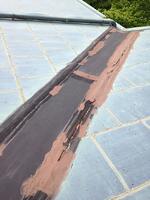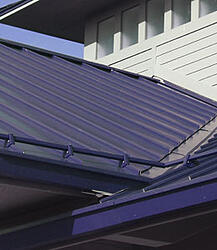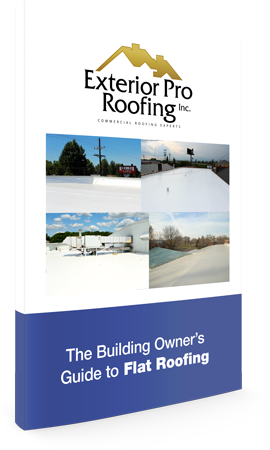When it comes to roofing problems, valleys are some of the most troublesome areas. When you think about the large volume of rain and snow that is channeled through roofing valleys, it’s easy to see how all that wear and tear can lead to leaks. Here are some of the most common problems with roof valleys along with solutions to help you fix leaks or stop them before they start.
1.) Worn Underlayment
 When leaks crop up around roof valleys, the problem is often with the underlayment. Roof valleys take more abuse – in the form of rain, snow, ice and debris – than any other part of the roof. In addition, the valley underlayment isn’t always rated to last as long as the actual roofing material.
When leaks crop up around roof valleys, the problem is often with the underlayment. Roof valleys take more abuse – in the form of rain, snow, ice and debris – than any other part of the roof. In addition, the valley underlayment isn’t always rated to last as long as the actual roofing material.
For instance, on an asphalt shingle roof, inexperienced builders or do-it-yourselfers will sometimes choose roll roofing as the valley underlayment. Since roll roofing has a maximum 10-year life span, the valleys will start to leak long before the shingles have reached the end of their life expectancy.
There are a couple of better ways to approach valley underlayment. Some builders will choose to use two layers of roll roofing, but the better option, whether your roof is shingle or another material, is to use flashing as the valley underlayment. Choose 26-gauge or thicker galvanized steel – or another non-corrosive metal that won’t stain the roofing – as the valley underlayment, and it will last at least as long as the roof itself.
2.) Thermal Expansion and Incorrect Sizing

Another major issue is thermal expansion. In warm weather, the valley underlayment will expand, and as it does, it may wrinkle. If you’ve installed metal valley underlayment, those wrinkles can lead to holes, cracks or tears, and the wrinkles themselves can become large enough to redirect the flow of water underneath the roofing material.
To prevent damage from thermal expansion, the valley underlayment needs to be installed in small sections. Make sure each piece is two to three feet wide and no longer than eight to 10 feet. Larger pieces of underlayment will expand further than smaller ones, which makes them much more likely to wrinkle or buckle.

3.) Snow and Standing Seams
In areas that receive a lot of snow, valleys in a standing seam roof can be problematic. Since the flow of the valley doesn’t normally run in the same direction as the standing seams, large chunks of snow and ice flowing down the valley will sometimes bend the seams. This not only reduces the strength of the seam, but may damage the seam enough to cause a leak.
Fortunately, the solution to this problem is relatively simple. Use snow guards to keep large chunks of snow and ice out of your roof’s valleys
4.) Cross Wash
Cross wash happens when the volume of water flowing into a valley is large enough that, instead of flowing down the valley, it washes up the opposite side of the valley and underneath the roofing material. This is another easy problem to correct. Start by ensuring that the roofing material is properly fastened along the edges of the valley. When in doubt, run a bead of sealant where the roofing material meets the valley underlayment to stop any leaks caused by cross wash.
For the most part, leaks and other problems common to roofing valleys are easy to correct. Make the right choices when it comes to flashing and valley underlayment, and you will prevent most problems before they start. In some cases, extra steps like sealants or snow guards will prevent further problems or correct an existing leak.







